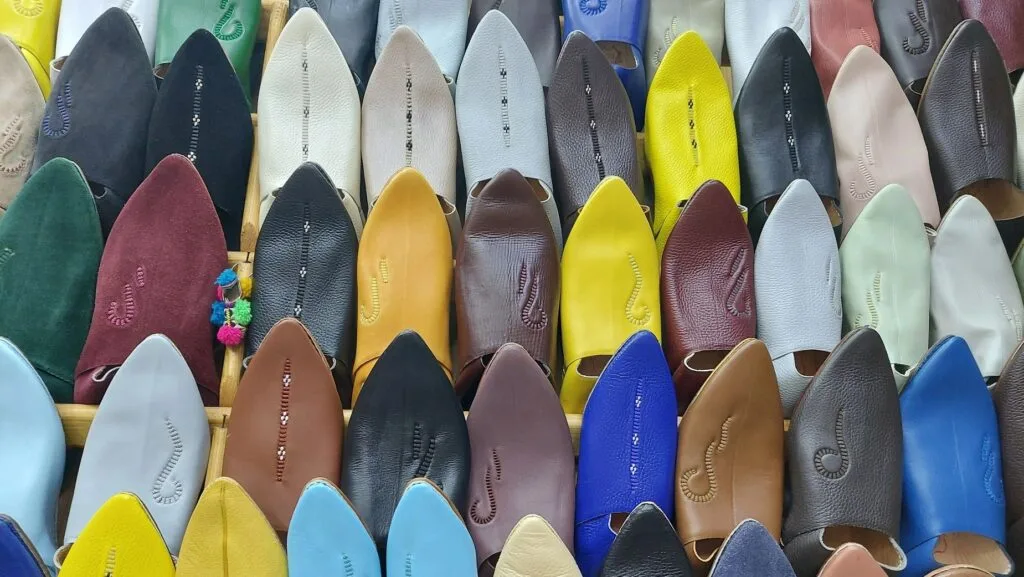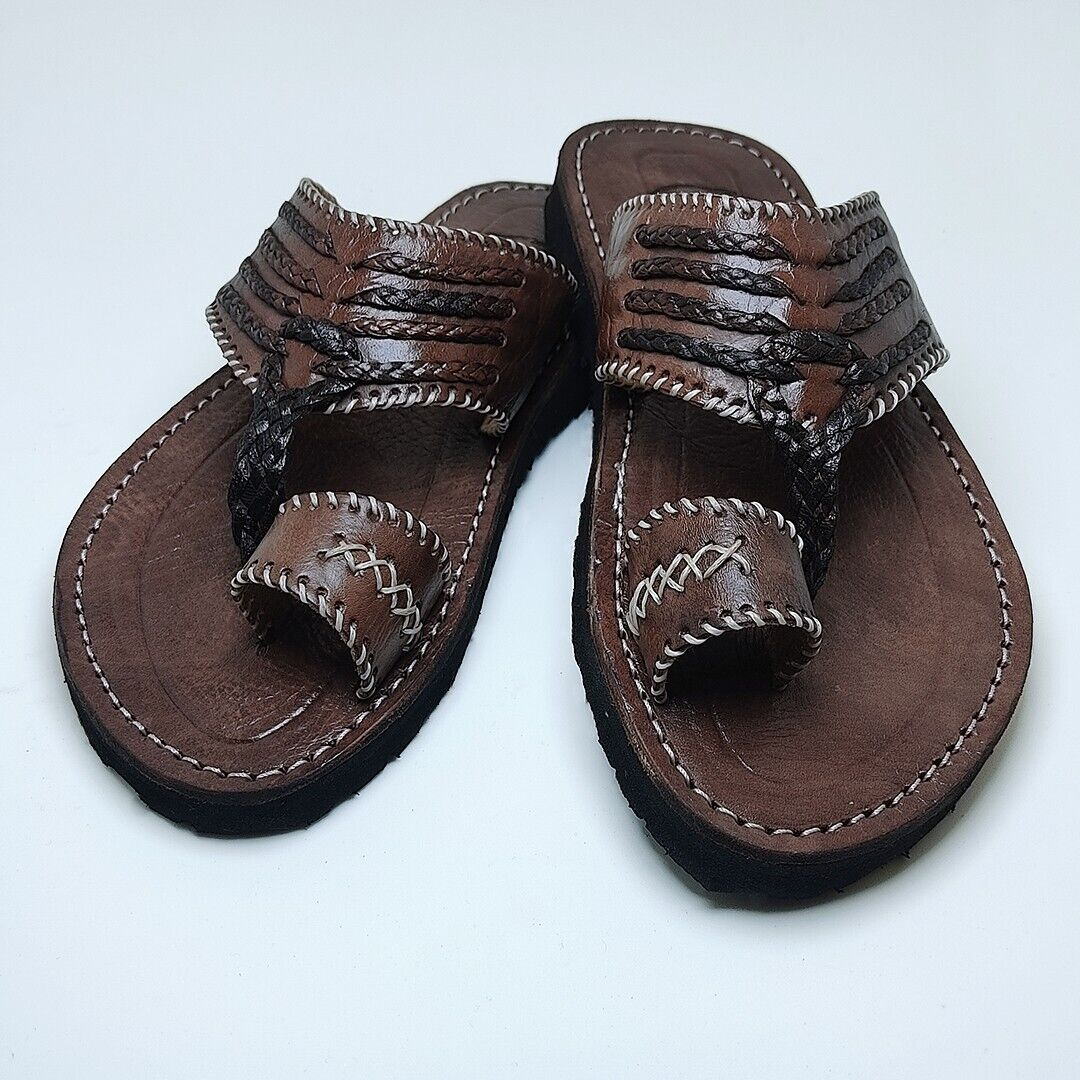- Published on
The Timeless Art of Moroccan Babouche Slipper Making A Journey Through Tradition and Craftsmanship
- Authors

- Name
- Adil ABBADI
Introduction
In the vibrant souks of Morocco, amidst the kaleidoscope of colors and enticing aromas, lies a treasure trove of traditional crafts that have been passed down through generations. Among these, the art of Babouche slipper making stands out as a testament to the country's rich cultural heritage. For centuries, Moroccan artisans have meticulously crafted these exquisite slippers, weaving together threads of tradition, elegance, and comfort. In this article, we'll delve into the fascinating world of Babouche slipper making, exploring its history, cultural significance, and the artisans who keep this timeless craft alive.

- Cultural Context
- Traditional Significance
- Craftsmanship and Techniques
- Modern Relevance
- Cultural Preservation
- Conclusion
- Cultural Call-to-Action
Cultural Context
The origins of Babouche slippers date back to the 16th century, when Moroccan craftsmen began creating ornate footwear for the ruling elite. Over time, these exquisite slippers became a staple in Moroccan fashion, adorning the feet of both men and women from all walks of life. The name "Babouche" is derived from the Arabic word "babush," meaning "slipper," and is a testament to the country's rich cultural fusion.
Traditional Significance
Babouche slippers hold a special place in Moroccan tradition, symbolizing elegance, comfort, and hospitality. In Moroccan culture, the act of removing one's shoes before entering a home is a sign of respect, and Babouches are often presented as gifts to guests as a token of welcome. The slippers are typically worn indoors, and their soft, supple leather is said to bring comfort and relaxation to the wearer.

Craftsmanship and Techniques
The art of Babouche slipper making is a labor-intensive process that requires great skill and precision. Artisans begin by selecting the finest leathers, often sourced from local tanneries. The leather is then cut, shaped, and stitched together using traditional techniques passed down through generations. Intricate embroidery and ornamentation are added to create the signature Babouche design, which can take several days to complete.
Modern Relevance
In recent years, the traditional craft of Babouche slipper making has experienced a resurgence in popularity, thanks in part to the growing interest in sustainable and handmade fashion. Many modern designers have incorporated traditional Babouche designs into their collections, giving this ancient craft a fresh, contemporary spin.
Cultural Preservation
Efforts to preserve and promote the traditional craft of Babouche slipper making are underway, with many organizations and initiatives working to support local artisans and protect the cultural heritage of Morocco. The Moroccan government has also established programs to promote traditional crafts and provide training and resources to artisans.

Conclusion
The traditional craft of Moroccan Babouche slipper making is a testament to the country's rich cultural heritage and its people's love for elegance, comfort, and skilled craftsmanship. As we continue to navigate the complexities of modern life, the timeless beauty and significance of Babouche slippers serve as a reminder of the importance of preserving our cultural traditions and supporting the artisans who keep them alive.
Cultural Call-to-Action
As you explore the enchanting world of Moroccan Babouche slippers, we encourage you to appreciate the craftsmanship, tradition, and cultural significance behind each pair. Consider supporting local artisans and initiatives that work to preserve this ancient craft, and experience the comfort and elegance of Babouche slippers for yourself.
